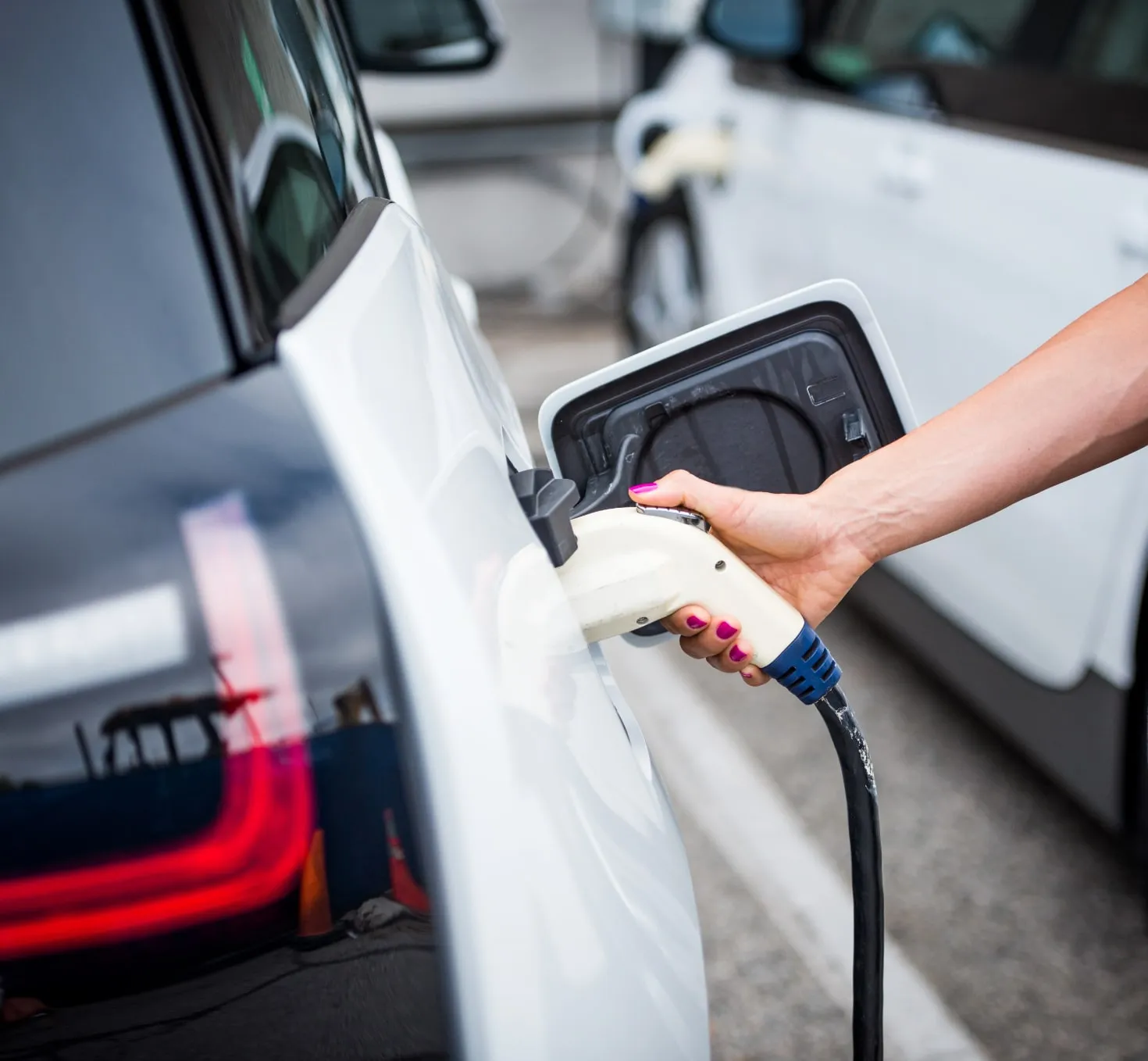We’ve all heard about the benefits electric vehicles (EVs) have on the world around us – but how many of us have considered the impact that purchasing and running one will have on our wallets?
While nobody should be dissuaded from making the switch from fuel to electric, there are important considerations to make when purchasing any car - are EVs really cheaper? How much money can you save when charging instead of refuelling? And are there any hidden costs likely to spring up when you least expect them?
In this guide, we’ll look to educate prospective buyers on what it truly means to own an EV. We’ll assess a variety of factors, such as battery life, upfront fees, cost of charging, tax rates, grants and schemes, the impact of the energy crisis, and much more.
While nobody should be dissuaded from making the switch from fuel to electric, there are important considerations to make when purchasing any car.

An introduction to EV uptake
Electric cars are becoming widely adopted across the UK, with EVs accounting for 12.4% of all new vehicles registered to the road in 2022.
This surge in popularity (up from just 1.1% of vehicles registered in 2015) speaks volumes about the changing attitudes of consumers. With sustainability awareness having more of an impact than ever on our spending choices, the age of the EV seems poised to begin.
Let’s take a deeper dive into just what the current EV landscape looks like, as well as what’s currently preventing these types of vehicles from becoming more widely adopted.
EVs account for 12.4% of all new vehicles registered to the road in 2022 - up from just 1.1% of vehicles registered in 2015.
Global leaders in electric car ownership
The EV market is constantly shifting as more people, and businesses, adopt the use of this greener form of transport. Despite that, the names dominating the list of global unit sales for 2021 are familiar ones:
1st (units sold)
936,172
Tesla
2nd
674,450
Toyota
3rd
593,743
BYD
4th
516,600
General Motors
5th
452,900
Volkswagen
6th
400,000
SAIC-GM-Wuling Motors
7th
328,316
BMW
8th
184,033
Nissan
9th
160,000
Hyundai
10th
27,000
Ford
And when it came to the most popular models, Tesla once again led the way – with two of the top five units being a part of their range:
1st (units sold in 2021)
500,713
Tesla Model 3
2nd
424,138
SAIC-GM-Wuling Motors Hong Guang MINI EV
3rd
410,517
Tesla Model Y
4th
121,631
Volkswagen ID.4
5th
111,553
BYD Qin Plus PHEV
The numbers also indicate that Europe is at the forefront of EV adoption, with Scandinavia in particular leading the way when it comes to the percentage of electric-to-fuel cars on the road. The numbers show:

Norway – 74.8% (of cars are EVs)






Other notable countries:





Scandinavia are leading the way when it comes to the percentage of electric-to-fuel cars on the road.
The spike in European sales could be in no short part due to the incentives which governments across the continent are using to encourage adoption. Here are just some of the types of schemes which have been introduced to help boost EV sales:

The Netherlands
The Dutch have the densest charging network in the whole of Europe (47.5km per 100kms), with over 200,000 chargers in total. People are given a subsidy of £3,350 for any new EV they purchase with a cost of £38,000 or less.

Norway
While Norway doesn’t provide any subsidies to actually buy a vehicle, they do make EVs totally exempt from purchase and import tax. Amazingly, this was introduced as far back as 1990.

The US
Fans of electric in the States can receive up to £5,575 in federal tax credit for any kind of plug-in cars. Owing to the varied nature of American law and legislature, this does differ by state. For example, California alone has the same combined number of chargers as the 39 lowest states.

China
In China, you can get up to £1,500 for BEVs with a range of 186-to-248 miles of range, £2,000 for cars with a range of more than 248 miles, and £775 for any plug-in hybrid. Amazingly, there are over 800,000 charging points across the entire country.
While China leads the way in regards to total number of charging points, the data tells us it’s Norway who provides the best charger-per-capita. A combination of several recent studies found that for every 10,000 citizens, there were the following number of charging points:
Scroll to view »

New incentives are being introduced all the time as the electric market continues to develop. These will adapt and evolve with the demand of the consumer, as well as the needs of the governments issuing the grants.
So how does the global outlook appear for the future? Fans of electric will be pleased to know that projections are strongly in their favour.
Current expectations predict there to be as many as 66 million EVs on global roads by the year 2040 – up significantly from the 3.24 million which were registered in 2020, and 6.75 million in 2021.
If the figures end up coming to fruition, the percentage breakdown of EV sales for the following decade could be as follows:
Scroll to view »


Current expectations are for there to be as many as 66 million EVs on global roads by the year 2040.
Current blockers to further EV adoption
Despite a host of benefits, and a clear uptake in the number of road users willing to give EVs a try, there are undoubtedly still reservations for the average consumer to overcome. A recent poll found what some of the biggest stumbling blocks for drivers are:
67%
Lack of charging stations
We’ve already seen how access to charging will vary depending on where you live. For a lot of drivers, a clear lack of public charging points is a massive detractor when it comes to making an electric purchase. Encouragingly, this is something which is constantly improving. More charging stations are being introduced on a monthly basis.
64%
Lack of variety
It might not be something which you give much thought to, but some drivers are relatively stuck in their ways when it comes to the make or model of car they want to drive. This has been a particular issue for those needing medium or heavy-duty vehicles. In good news, this is another factor which is being continually improved by manufacturers.
58%
Initial cost
While you’re likely to make a steady saving over the course of several years, the upfront costs of an EV (such as the purchase price, installation of charging units, and insurance) can all be off-putting for drivers. Just remember that it’s all worth it in the end, with drivers of EVs set to save hundreds (if not thousands) across a vehicle’s lifespan (more on this later).
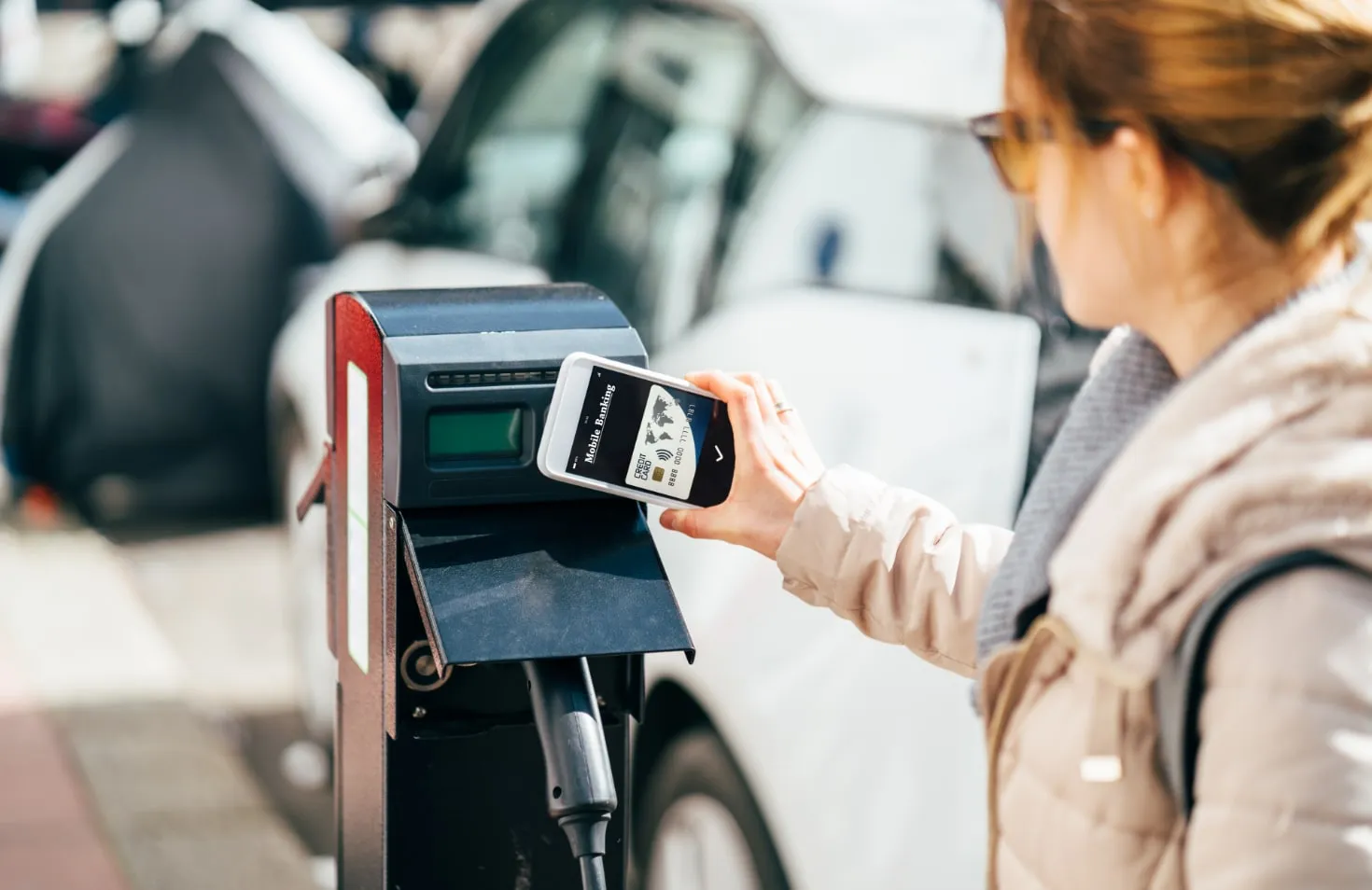
The costs of EV ownership
We all know that EVs can be a little pricier than traditional vehicles when it comes to their upfront costs. But how many of us can say we really understand the price of owning an EV after a few years behind the wheel?
Exploring upfront costs of EVs
Just as with internal combustion engine (ICE) vehicles, there’s no one-price-fits-all answer when it comes to the overall upfront cost of your car. That said, many manufacturers produce ICE and EV versions of the same car, so it’s easier for us to make a comparison between the two types.
Scroll to view »
| Brand | Electric | Petrol | Difference |
|---|---|---|---|

|
Peugeot e-208 £27,875 |
Peugeot e-208 £27,875 |
£27,875 |

|
Mini E £26,000 |
Mini One £16,605 |
£9,395 |

|
Fiat 500e £27,300 |
Fiat 500 £13,560 |
£13,740 |
Source: Which.co.uk
Besides the initial purchase price, drivers of an EV are likely to also want to install a private charging point at home. While this isn’t a necessity, it’s something that greatly reduces range anxiety – as well as reducing the amount of time you’ll need to leave your car at a public charging location.
Prices will vary depending on the cost of labour, the quality of the charger you’re installing, and the equipment needed to accommodate a point at your home. In 2022, a homeowner can expect to pay roughly between £899 and £1,299 for home installation.
Scroll to view »
The breakdown of the total price will be:

While this is a big sum to factor into your initial purchase, it will save time, money, and stress further down the line.

In 2022, a homeowner can expect to pay roughly between £899 and £1,299 for home installation.
Why battery prices are important
Batteries are a part of any car you’ve ever driven but they take on a far more important role when spoken about in the context of an EV. Effectively serving as the car’s engine, the battery of an EV will have a major impact on the overall cost of the car, both in the short term and the long term.
Batteries tend to be expensive – which is what makes the upfront cost of an EV significantly more than a standard ICE vehicle. There are several reasons for this:
Expensive to build
Owing to the fact technology is continuously adapting and evolving all the time, EV batteries are still a relatively expensive item to build. While we’ve had hundreds of years to develop traditional engines, manufacturing electrical power still costs a premium.
Limited supply, and high demand
What’s more, those who manufacture batteries are relatively small in number. In 2020, just 6 companies produced 85% of all lithium-ion batteries on the market. This monopoly of the market, coupled with higher mining and manufacturing costs for the companies themselves, sees prices driven up.
Built to last
In more positive news for the consumer, higher prices are subsidised by the longevity of the battery. Manufacturers tend to offer a 7-to-8-year or 100,000 mile warranty. That means that despite paying a high price on your initial purchase, drivers will have peace of mind in knowing they’re covered for an extended period of time.
In 2021, the average cost per kWh for an electric battery was £87. As an example of how much some of the more popular batteries cost to replace, this is what you can expect to pay for replacements in top EV models:
Scroll to view »
| Brand | Car | kWh | Battery cost |
|---|---|---|---|

|
e-tron |
71.2 kWh |
£6,194.40 |

|
iX |
71 kWh |
£6,177 |

|
500e |
24 kWh |
£2,088 |

|
Honda e |
35.5 kWh |
£3,088.50 |

|
Kona Electric |
39.2 kWh |
£3,410.40 |

|
EQV |
100 kWh |
£8,700 |

|
e-2008 |
50 kWh |
£4,350 |

|
Zoe |
52 kWh |
£4,524 |

|
Model S |
100 kWh |
£8,700 |

|
Corsa-e |
50 kWh |
£4,350 |

|
ID.5 |
77 kWh |
£6,699 |
Source: AutoTrader
It’s crucial you understand what the warranty on your battery is before making a purchase so that if you find your battery needs replacing during this period, you’ll be covered for the cost.
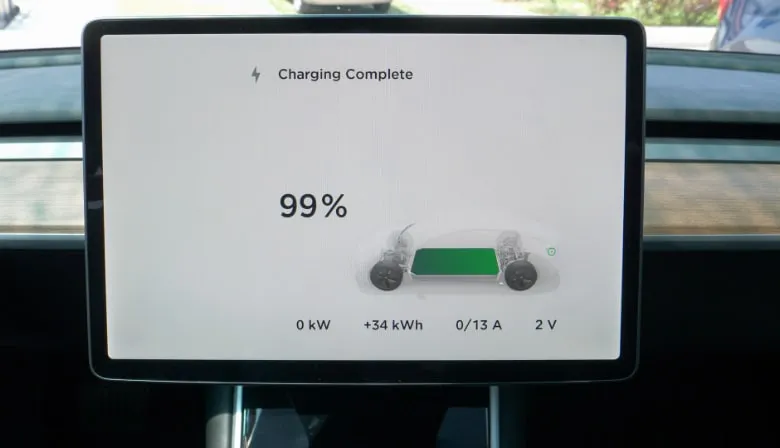
It’s crucial you understand what the warranty on your battery is before making a purchase.
UK EV purchasing incentives
Most governments see a push for electric vehicles as an important part of their sustainability efforts. As such, there have been grants, schemes, and incentives introduced to make it more affordable for everyday people to invest in and purchase an EV. Here are some of the most popular in the UK:
EV chargepoint grant
Owing to the higher prices involved with installing a chargepoint at home, the government is willing to pay up to £350 (or 75% of the total cost if it’s less than that amount) for the price of installing one at your property if you are a landlord, renting, or living in flats.
The plug-in car grant
In order to subsidise the upfront cost of your vehicle, the plug-in car grant gives drivers up to £1,500 off the price of their EV, or 35% off the total price. The amount given will be whichever is lower.
Vehicle Excise Duty (VED) and congestion charges
Unlike regular vehicles, EVs are not subject to congestion charges in more populated areas. That means when driving through an Ultra Low Emission Zone (ULEZ), they’re not subject to paying a fee. They are also exempt from VED as long as they are 100% electric. Hybrid vehicles are not exempt.
Workplace charging scheme
Workplaces looking to install charging sockets can receive up to £14,000 off the total cost. This is broken down by a grant of up to £350 off the cost of installation per socket, across 40 different devices.
Capital allowance
In other good news for businesses looking to use EVs, you can write down 100% of the purchase against corporation tax in the year in which the car is bought.
Plug-in grant for vans
If a van is 2.5-3.5 tonnes of weight in gross, it’s eligible for a grant of up to £5,000 or 35% of the total purchase price. As with the regular plug-in grant, the amount you’ll receive will be whatever is lower.
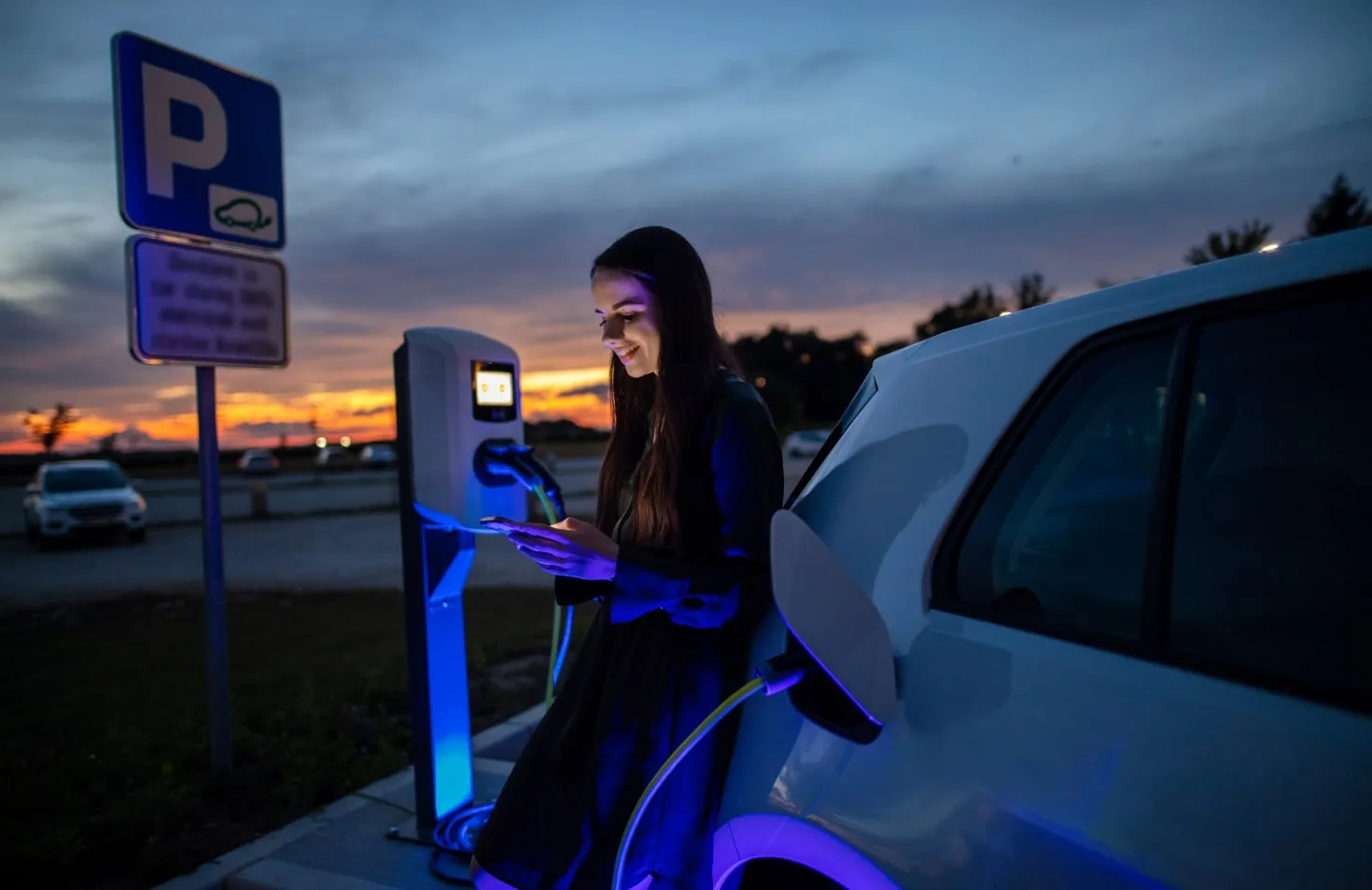
Lifetime running costs
It’s over the lifetime of a vehicle where you’re expected to see the most bang for your buck. With fuel prices rising all the time, are electric owners finding they’re getting even more value for their money in the long term?
EVs and fuel-powered cars compared
Electric owners will be pleased to know it’s cheaper to charge a car than to refuel with petrol or diesel. When you compare the figures side-by-side, the differences between the two become clear.
Figures show the cost of travel for a Tesla Model 3 would be 4p for every mile. By contrast, a new diesel car will set drivers back 12p, while a petrol car could cost in excess of 13p a mile.
While those numbers don’t sound too stark, it quickly adds up. In total, drivers of EVs could save up to 68.6% on their total cost of mileage across a calendar year.
The amount you can save will vary depending on where you live in the UK, with prices for charging varying. Check out how much you could save according to your region:
Scroll to view »
| Cost to fuel for a year | EV Saving | |||||
|---|---|---|---|---|---|---|
| Region | Electric Vehicle | New Petrol Car | New Diesel Car | Versus Petrol | Versus Diesel | Average Saving |
|
Yorkshire & Humberside |
£258.09 |
£885.93 |
£808.02 |
£627.84 |
£549.93 |
£588.89 |
|
East Midlands |
£259.64 |
£886.63 |
£806.30 |
£626.99 |
£546.67 |
£586.83 |
|
Essex and East Anglia |
£265.82 |
£892.15 |
£809.62 |
£626.34 |
£543.80 |
£585.07 |
|
West Midlands |
£262.73 |
£886.63 |
£808.02 |
£623.90 |
£545.29 |
£584.60 |
|
North West |
£262.73 |
£885.93 |
£806.92 |
£623.21 |
£544.19 |
£583.70 |
|
London |
£265.82 |
£890.36 |
£808.51 |
£624.54 |
£542.69 |
£583.62 |
|
North East |
£259.64 |
£882.20 |
£804.09 |
£622.57 |
£544.46 |
£583.51 |
|
South Scotland |
£264.27 |
£885.24 |
£809.13 |
£620.97 |
£544.85 |
£582.91 |
|
Entire UK Average |
£265.82 |
£888.42 |
£808.51 |
£622.60 |
£542.69 |
£582.65 |
|
South East |
£273.55 |
£892.85 |
£813.05 |
£619.30 |
£539.51 |
£579.40 |
|
South West |
£276.64 |
£890.36 |
£811.34 |
£613.72 |
£534.70 |
£574.21 |
|
South Wales |
£273.55 |
£886.63 |
£808.51 |
£613.08 |
£534.97 |
£574.02 |
|
North Scotland |
£273.55 |
£885.24 |
£809.13 |
£611.70 |
£535.58 |
£573.64 |
|
Northern Ireland |
£265.82 |
£876.54 |
£793.54 |
£610.72 |
£527.72 |
£569.22 |
|
Merseyside & North Wales |
£284.36 |
£886.63 |
£808.51 |
£602.26 |
£524.15 |
£563.21 |
Source: Clean Technica
Just as with petrol and diesel engines, EVs will be subject to varying charges in the overall cost of electricity. Unlike those vehicles, however, prices tend to fluctuate a lot less – and are usually fixed for long periods of time.
Cost of charging an EV
While cheaper, it would be wrong to assume that charging an EV won’t be something which needs to be factored into your monthly expenses. Here’s a closer picture of how much it will cost to charge your vehicle at a variety of different locations.
Cost of charging at home
Charging your vehicle on private property tends to be the most cost-effective and convenient option for most drivers. While prices will vary across the country (depending on the electricity rate of the area you live in), the national average charge per kWh of energy is currently 28p.
As an example, a 60kWh battery would require roughly £15.10 to be fully charged – which would see you travel around 200 miles.
And while this figure is already fairly low in comparison to what you might expect to pay for petrol or diesel, you can lower it even further by switching to a special electricity tariff which can lower that price some more.
EDF GoElectric, is a good example. At the time of writing, charges were just 4.5p per kWh of usage. That equates to just under £5 for a full charge.
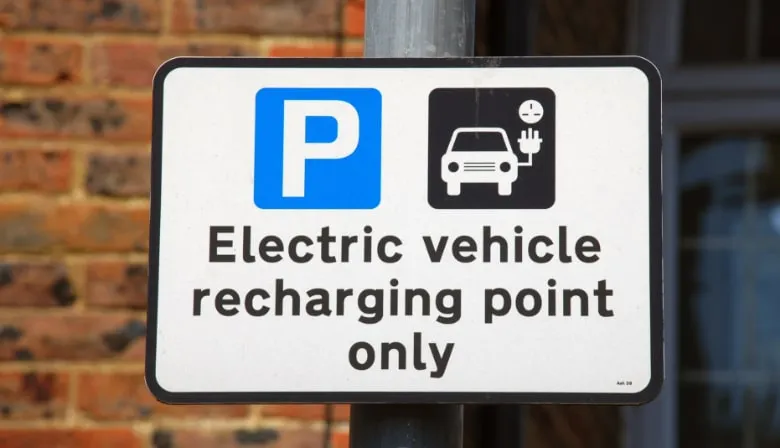
The national average charge per kWh of energy is currently 28p.
Cost of charging in public
While charging at home offers familiarity and a fixed rate, charging your vehicle when out and about definitely also has its merits.
When it comes to the amount you can expect to be charged, things aren’t quite as black-and-white as they are when working out your home rates. A number of factors will affect how much you pay:
- Whether you’ll be offered a discount for being an existing customer at a business offering charging points
- The energy tariff which the public charging point uses
- The type of the charger you’re using
Most charging points can be viewed and accessed via mobile apps. If you’re looking to lower the cost of your charge, do some research before you drive and see which point is the cheapest.
If you want to work out roughly how much it will cost you to charge your car at a public point, you can use Zap-Map’s calculator tool.
Cost of charging at work
Some workplaces will offer free charging points as an incentive for their staff to drive EVs. This benefits them as it reduces the overall carbon footprint of the company.
Again though, this is not a one-size-fits-all approach. Some businesses will set up a system to charge their employees for charging. Common approaches to workplace chargers include:
- Free charging for all staff
- A time-based approach where a tariff is introduced after a certain period of time
- A flat limit on the amount of time a person can charge their car in a space
Make sure to discuss with your employer what kind of policy is in place before you decide to charge at your place of work.
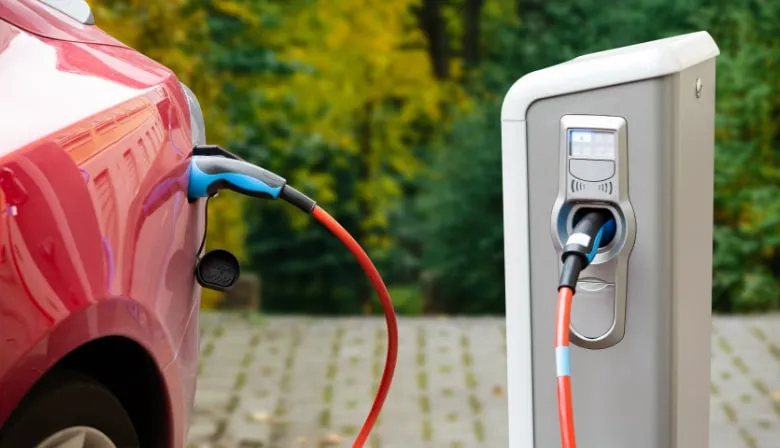
Some workplaces will offer free charging points as an incentive for their staff to drive EVs.
Other costs to consider with an EV
While the upfront and charging costs of EVs are worth keeping in mind, there are other figures which need to be considered when making a decision about buying one. Here are some of the most important ones:
Insurance
While a lot of factors (such as driver age, accident history, and years of experience) go into determining how much your car insurance will cost, EVs tend to be more expensive to insure on average. This is largely due to a lack of historic data to compare against – making it tougher for insurers to know what a realistic premium should be.
Maintenance
While there are fewer moving parts than on traditional combustion engines, they tend to be heavier in nature. This means there can be more pressure exerted on tyres and suspension, resulting in the need to service them as frequently (if not more so) than petrol or diesel cars.
Depreciation
While all cars will depreciate in value over time, EVs are subject to slightly harsher standards, owing to the rapid advancements being made all the time in technology. Uncertainty over battery life also leads some to wrongfully suggest EVs have a shorter overall lifespan than ICE vehicles.
Installations
We’ve already touched on it, but the cost of installing a charging point at home is something you need to factor into your decision. It’s a big expense. And one which can take years, not months, to recoup losses through saving on charging over refuelling.

The impact of the energy crisis
Everyone will have been impacted by the events of the past few years differently. One of the more recent developments has been a heightened stress on different types of energy supplies. While petrol has been hit hardest by the crisis, owners of EVs also haven’t gotten completely off the hook.
What rising energy prices mean for EV owners
These are uncertain times for everyone. The last thing you’ll want is the additional threat of soaring charging prices to cause you stress. While prices for charging are going to rise as a result of the energy crisis, there have at least been some rough guidelines posted for owners of EVs.
Since the introduction of a price cap in 2019, the price of charging your EV at home has been fixed at 21p per kWh. In April of 2022, this figure rose to 28p. And while that doesn’t sound like a massive leap in and of itself, it could add up over the course of a year.
For example, the cost of charging a 40kWh engine would have set you back £8.40 prior to the hike. That same charge will now cost £11.20.
This change might be frustrating for some, but it’s nothing compared to recent rises in the price of petrol and diesel. An average top-up for a petrol engine is now as high as £100.27 – with petrol costing on average 182.3p a litre, and diesel 188.1p.
So even if the extra few pounds gets you down, EV owners can at least be grateful that they’re saving the best part of £90 every time they charge their vehicle.
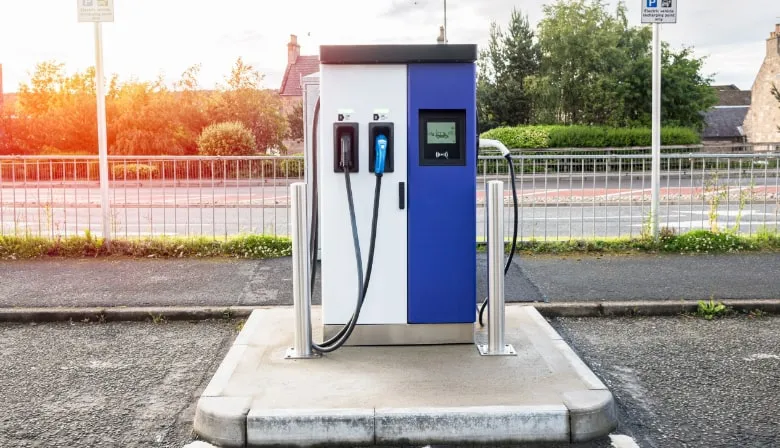
The cost of charging a 40kWh engine would have set you back £8.40 prior to the hike.
Where is best to charge?
You have a relatively varied choice of options when it comes to where to charge an EV. But which is the best for you? In truth, every driver will have a different answer.
Typically, drivers will have a choice of installing an at-home charging point, or using one of the different types of chargers which can be found publicly across the country.
To better understand what you can expect from a public point, it’s important to know the types of chargers you will be able to use:
 Slow
Slow
As the name would suggest, these kinds of chargepoints offer the slowest top-up speeds. They usually operate at a base power of 3 kilowatts (kW) to 6kW. Average charge time with one of these will take between 6-to-12 hours.
 Fast
Fast
Serving as a happy middle ground between slow and rapid, fast chargers range between 7kW to 22kW of power. At the lower end of the spectrum, they’ll charge a car in 4-6 hours. More powerful versions can see a vehicle topped up in 1-2 hours.
 Rapid
Rapid
Anything which is 23kW or more (currently capping off at 50kW for regular rapid chargers, and over 100kW for ultra-rapid options) falls into this bracket. If you can believe it, people using these kinds of charge points can see their vehicles topped up in less than 30 minutes.
The price of how much you can expect to pay at a public charging point will depend on your needs. For example, if you’re in a hurry and need to use a rapid charger, you can expect to pay more than if you have the time to top up slowly over a few hours.
Striking the right balance between home and public charging is a tough one. Figures show that the following costs are what you can expect to pay if you were to charge 10,000 miles per year solely at one location:
At home
£523.18
At a public chargepoint
£1,297.78
Source: Energy Saving Trust
And while charging exclusively at home would be nice, it isn’t always practical. Thankfully, the figures are less jarring for those who want to combine these methods. If you were to charge your vehicle at home 70% of the time, and publicly the remaining 30%, you would pay a total of £755.55. The BBC recommends this 70-30 split for most EV drivers looking to balance practicality and finance management.
For context, using the current rate of 177.5p per litre of petrol in an economic car like the Ford Fiesta, the same 10,000 mile distance would cost £1,997.35.
If you’re worried about how much you’ll need to top-up your car, here are some tips for making your charge last:
Avoid harsh acceleration and braking
You burn through more power when you pull away or brake harshly. Do both gently to reduce the impact on your battery’s reserves.
Maximise your re-gen
Your car will make the most of regenerative braking when you slow down without actually putting your foot down on the brake pedal itself. Try to maximise this process, as it’ll minimise your total energy consumption.
Turn off your Air Conditioning
You can reduce your static energy consumption by turning off your climate control system. Make sure to only do this when the temperature is comfortable enough outside.
Watch your speed
In traditional cars, the optimum speed-to-fuel consumption speed sits somewhere around 50mph. It doesn’t work like that for EVs, where the faster you’re moving the more power is being eaten up.
The environmental cost of EV ownership
We all know that running an EV is less damaging than a traditional ICE on the world around us. But how many of us can say we really understand both sides of the coin? Let’s take a look at both the positives and potential hidden downsides of owning an EV in regards to its impact on the environment.
The good thing about owning an EV:
Zero emissions
The most well-known positive to owning an EV is the total lack of tailpipe emissions (in the case of non-hybrid options). The lithium batteries of electric cars mean that no CO2 is produced or sent into the atmosphere as you drive.
Eco-friendly materials in construction
In an attempt to make EVs as green as possible, it’s becoming commonplace to see recycled and organic materials used as part of the production process. These can not only make a car more lightweight and efficient, but also mean unsustainable plastics and metals are not used in construction.
Clean battery production
While early EV battery production was somewhat unregulated, the continued adoption of this kind of vehicle has meant that things are drastically improving. As far back as the end of 2019, it was found that battery production had already become two to three times cleaner than in 2017.
Heightening sustainability efforts
Perhaps most importantly of all, driving an EV means you’re helping to reduce the damage done via global warming. It’s the responsibility of all of us to do what we can to alleviate issues which could cause climate change to get progressively worse.
What you also need to consider:
Hybrids aren’t perfect
While pure electric cars reduce tailpipe emissions completely, hybrids are still susceptible to CO2 production. Although they are a step-up on ICE vehicles, tests have shown a hybrid vehicle could produce as much as 50-300g per km travelled.
Ignoring other alternatives
Electric power has proven itself to be a solid alternative to traditional methods, but it’s not the sole form of sustainable power. Hydro, geothermal, and wind power are all also viable options. By focusing so heavily on electric power, we could run the risk of neglecting valid alternatives.
Ultimately though, the amount of CO2 saved across the lifetime of an EV more than makes up for any detractors from an environmental perspective. Broken down on a km-by-km basis, the figures are stark.
This calculator tool shows just how much less carbon dioxide is being pumped into the atmosphere when driving an average European battery-powered EV on UK roads. The numbers show EVs produce 62g of CO2 per km travelled, in comparison with other methods:
Petrol (per km travelled)
241g
Diesel
231g
Full Hybrid
190g
Plug-in Hybrid
169g
While owning an EV certainly has its costs, it’s more than worth it in the long term – for both your pocket and the sake of the environment.
Useful links & Resources
If you’d like to find out more about how to get the most out of your EV, be sure to check out these handy secondary sources.


